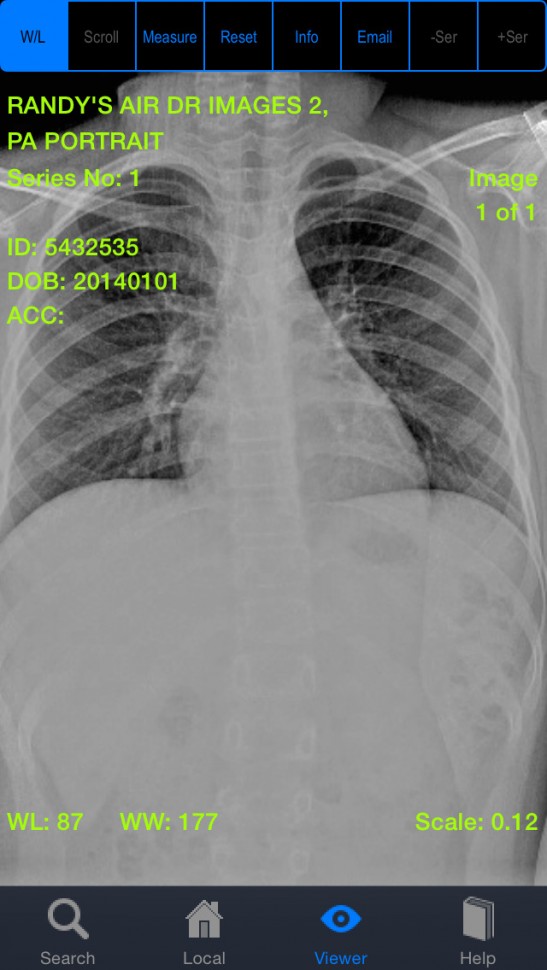Hospital systems across the country are looking for ways to operate more effectively and efficiently in the wake of sweeping changes created by the Affordable Care Act. Mergers and acquisitions offer one road for hospitals to cope with this new healthcare climate. In 2012 there were 105 hospital mergers, a 100 percent growth rate over hospital merger numbers from 2005 to 2006.[1] Indicators show this trend continuing: mergers and acquisitions increased 10 percent in the first quarter of 2014 compared to first quarter 2013.[2] This provider consolidation has created giant hospital systems, some of which rival Fortune 500 companies in size, with equally large health IT infrastructures.
While many providers merge to establish robust health IT services, the difficulties inherent with integrating disparate health IT systems and operations can pose financial risks, according to Moody’s.[3] A typical enterprise healthcare IT department manages multiple health IT solutions from different manufacturers that are geographically spread across clinics, hospitals, labs and more.
After a merger, the number of health IT solutions increases as each healthcare provider brings legacy systems to the new company including a diverse set of imaging systems and images. These sources include ultrasounds, x-rays, and MRIs with images that reside the databases of multiple PACS that are used to create patient treatment plans. When hospitals merge they want to keep the large capital investments made in legacy PACS, each of which has its own proprietary image format. In such an environment, interoperability becomes key to the efficiency and effectiveness of newly merged hospital systems. A mobile image viewer that supports access to images from any PACS offers an immediate and simple solution for enterprise image interoperability.
With imaging use on the rise in emergency rooms and among primary physicians, this interoperability is critical for diagnosis, follow up and care coordination. A recent study of emergency department CT imaging use showed that it grew 158 percent between 2010 and 2012. [4] To work effectively and efficiently, emergency care providers need access to existing images generated from multiple PACS directly from an electronic medical record (EMR). The newest version of ResolutionMD® enterprise image-viewer provides this functionality with support for Epic, the market’s leading EMR, as well as Allscripts and Cerner.
This direct integration with EMRs allows providers to work in context, accessing patient images seamlessly no matter what PACS they originate from. While vendor neutral archives (VNAs) offer some of these same benefits, implementation can be complex, costly and time consuming. For providers working to implement a VNA, enterprise viewers such as ResolutionMD® can provide an immediate interim solution that offers fast, simple access to patient images by leveraging existing infrastructure.
In some cases, newly merged providers may have implemented different VNA technology, creating another level of complexity for interoperability. For large integrated healthcare systems ResolutionMD offers a path to image access in both PACS and VNAs. At Intermountain Health in Salt Lake City, UT, ResolutionMD provides physicians with mobile and desktop access to images from seven PACS and a previously implemented VNA from one single interface for all users.

“Simple universal access to images across Intermountain Healthcare was the driving factor to move to an enterprise-wide viewer,” explains Geoff Duke of Intermountain. “We wanted a solution that worked with our entire IT infrastructure.”
A Simple Interoperability Solution to the Complex Needs of Today. Calgary Scientific. February 20, 2015. http://www.calgaryscientific.com/blog/a-simple-interoperability-solution-to-the-complex-needs-of-todays-large-hospital-systems?utm_campaign=ResolutionMD-5.0&utm_content=GroupUpdate-Byron&utm_medium=social&utm_source=linkedin




